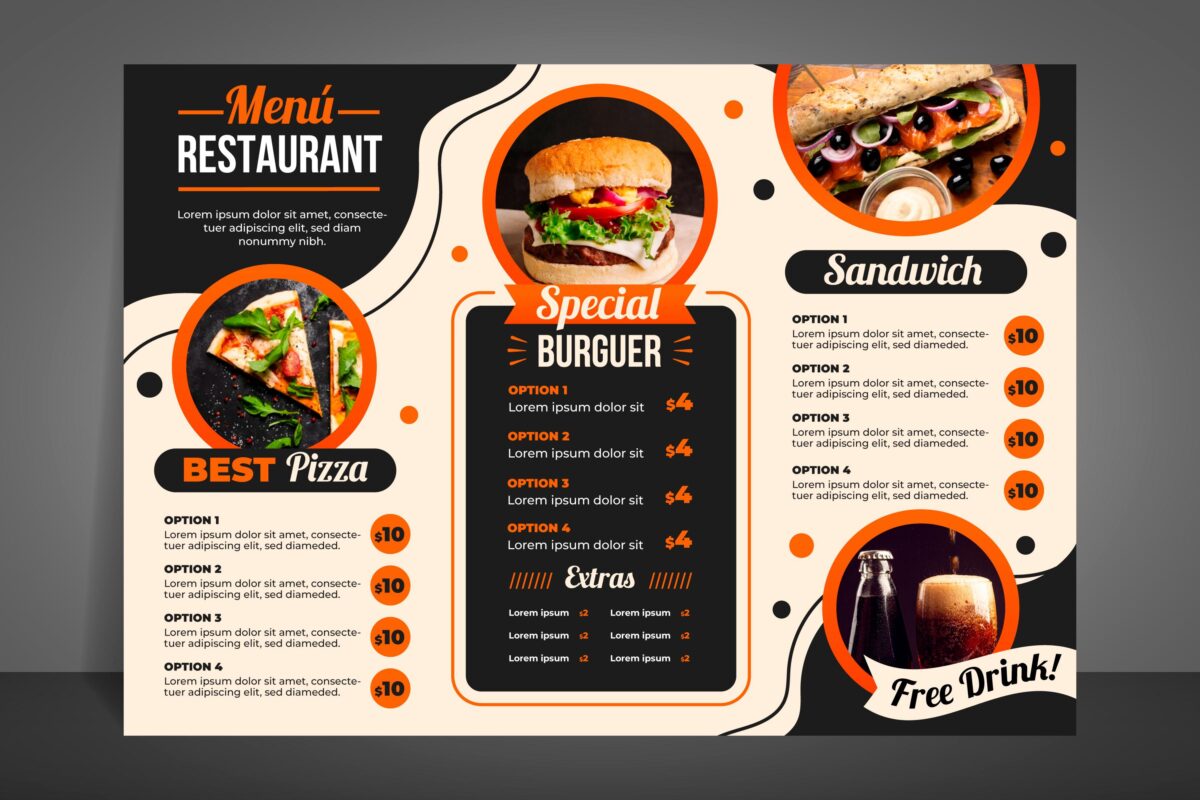TH400 vs. 4L60E: Understanding the Key Differences
When it comes to automotive transmissions, the TH400 and 4L60E are two names that often come up, especially among car enthusiasts and professionals. These two transmissions are frequently compared due to their widespread use and distinct characteristics. This article delves into the key differences between the TH400 and 4L60E, providing a comprehensive understanding of their functionalities, applications, and advantages.
Historical Background
The TH400, also known as the Turbo Hydra-Matic 400, was introduced by General Motors in 1964. It quickly became a benchmark for automatic transmissions due to its durability and reliability. Designed primarily for heavy-duty applications, the TH400 was used in a wide range of vehicles, from luxury cars to trucks and performance vehicles. Its robust design made it a favorite among drag racers and off-road enthusiasts.
The 4L60E, on the other hand, is a more modern transmission that debuted in the early 1990s. It is an evolution of the TH700R4, incorporating electronic controls (hence the ‘E’ in its name). The 4L60E was designed to provide smoother shifting, better fuel efficiency, and more precise control compared to its predecessors. This transmission found its way into numerous GM vehicles, including cars, trucks, and SUVs.
Mechanical Differences
One of the most significant differences between the TH400 and 4L60E is their mechanical design. The TH400 is a three-speed automatic transmission, while the 4L60E is a four-speed automatic transmission. This additional gear in the 4L60E allows for better fuel efficiency and improved performance at various speeds.
TH400:
- Gear Ratios:
- 1st Gear: 2.48:1
- 2nd Gear: 1.48:1
- 3rd Gear: 1.00:1
- No Overdrive: The absence of an overdrive gear means the TH400 operates at higher RPMs at highway speeds, which can result in increased fuel consumption.
4L60E:
- Gear Ratios:
- 1st Gear: 3.06:1
- 2nd Gear: 1.63:1
- 3rd Gear: 1.00:1
- 4th Gear (Overdrive): 0.70:1
- Overdrive: The inclusion of an overdrive gear helps reduce engine RPMs at highway speeds, leading to better fuel economy and reduced engine wear.
Electronic Control vs. Mechanical Simplicity
The 4L60E’s electronic controls are a significant advancement over the TH400’s purely mechanical operation. The 4L60E uses a powertrain control module (PCM) to manage shifting based on various inputs such as throttle position, vehicle speed, and engine load. This allows for more precise and adaptive shifting, enhancing overall driving comfort and efficiency.
In contrast, the TH400 relies on mechanical components such as a vacuum modulator and a governor to control shift points. While this makes the TH400 simpler and more straightforward to work on, it lacks the adaptability and precision of the 4L60E.
Durability and Applications
Both transmissions are known for their durability, but they excel in different areas.
TH400:
- Heavy-Duty Applications: The TH400’s robust design makes it ideal for heavy-duty applications. It is commonly found in high-performance vehicles, trucks, and SUVs that require a transmission capable of handling significant power and torque.
- Aftermarket Support: Due to its popularity in drag racing and off-road racing, the TH400 has a vast aftermarket support network. This includes performance upgrades, rebuild kits, and specialized components to enhance its strength and performance. You can also look at performance transmission.
4L60E:
- Versatility: The 4L60E’s versatility makes it suitable for a wide range of vehicles, from daily drivers to performance cars. Its electronic controls and overdrive gear make it well-suited for modern driving conditions, offering a good balance of performance and fuel efficiency.
- Common Issues: Despite its advantages, the 4L60E is known for certain weaknesses, such as issues with the 3-4 clutch pack and the sun shell. However, these can often be addressed with aftermarket upgrades and regular maintenance.
Maintenance and Upgrades
Maintenance and potential for upgrades are crucial considerations when choosing between the TH400 and 4L60E.
TH400:
- Ease of Maintenance: The mechanical simplicity of the TH400 makes it easier to diagnose and repair. Many enthusiasts appreciate the straightforward nature of working on this transmission.
- Upgrades: The TH400 can be upgraded with various performance parts to handle extreme power levels. Common upgrades include heavy-duty clutches, improved valve bodies, and stronger input shafts.
4L60E:
- Complexity: The 4L60E’s electronic controls add a layer of complexity to maintenance and repair. Diagnosing issues often requires specialized equipment and knowledge of the transmission’s electronic systems.
- Upgrades: The aftermarket offers a wide range of upgrades for the 4L60E, including stronger internal components, shift kits, and improved valve bodies. These upgrades can enhance the transmission’s durability and performance.
Cost Considerations
The cost of purchasing, maintaining, and upgrading these transmissions can vary significantly.
TH400:
- Initial Cost: The TH400 is generally less expensive to purchase initially, especially if sourced from a used vehicle or as a core for rebuilding.
- Maintenance and Upgrades: While basic maintenance is straightforward and affordable, performance upgrades can add up, particularly if building a transmission for high-horsepower applications.
4L60E:
- Initial Cost: The 4L60E tends to be more expensive upfront due to its electronic controls and additional components.
- Maintenance and Upgrades: The cost of maintaining a 4L60E can be higher due to the complexity of its electronic systems. However, the availability of aftermarket upgrades allows for performance improvements that can justify the investment.
Final Thoughts
Choosing between the TH400 and 4L60E ultimately depends on your specific needs and preferences. The TH400 is a proven, durable transmission ideal for heavy-duty and high-performance applications. Its mechanical simplicity and robust design make it a favorite among racers and off-road enthusiasts.
In contrast, the 4L60E torque converter offers a more modern driving experience with its electronic controls and overdrive gear. It is versatile and suitable for a wide range of vehicles, providing a good balance of performance and fuel efficiency. However, it requires more specialized knowledge and equipment for maintenance and upgrades.
Both transmissions have their strengths and weaknesses, and understanding these can help you make an informed decision based on your vehicle’s requirements and your personal preferences. Whether you prioritize the rugged reliability of the TH400 or the advanced capabilities of the 4L60E, both transmissions have proven themselves as formidable choices in the world of automatic transmissions.








